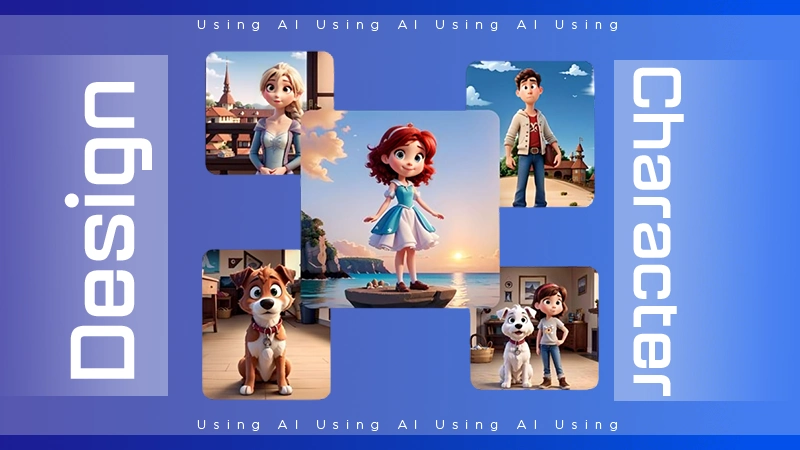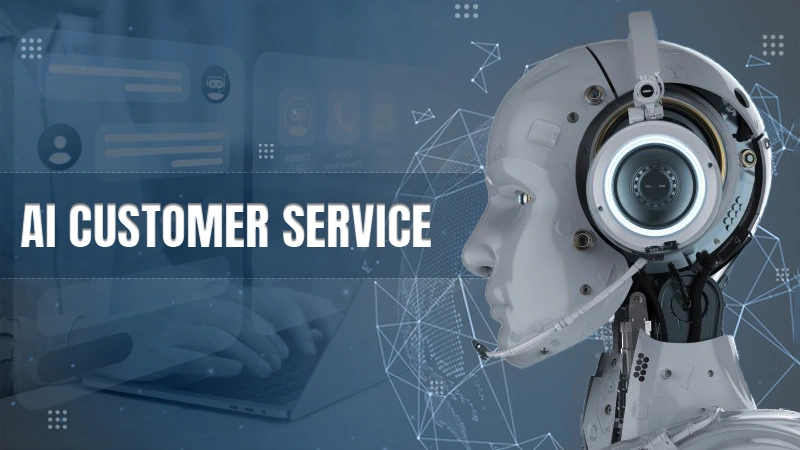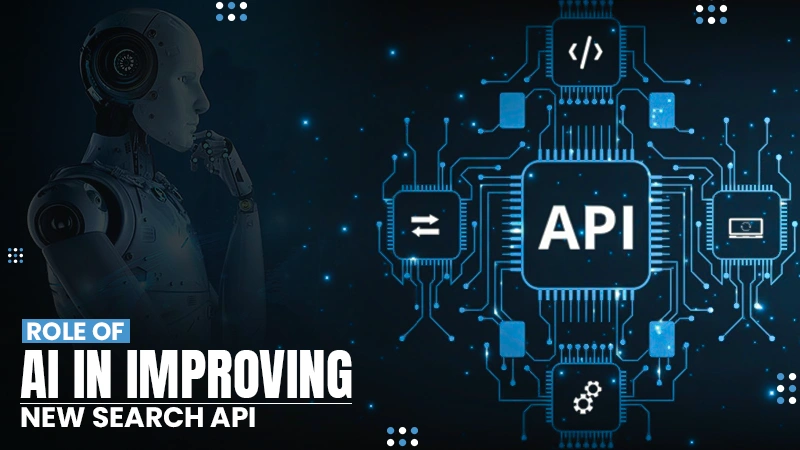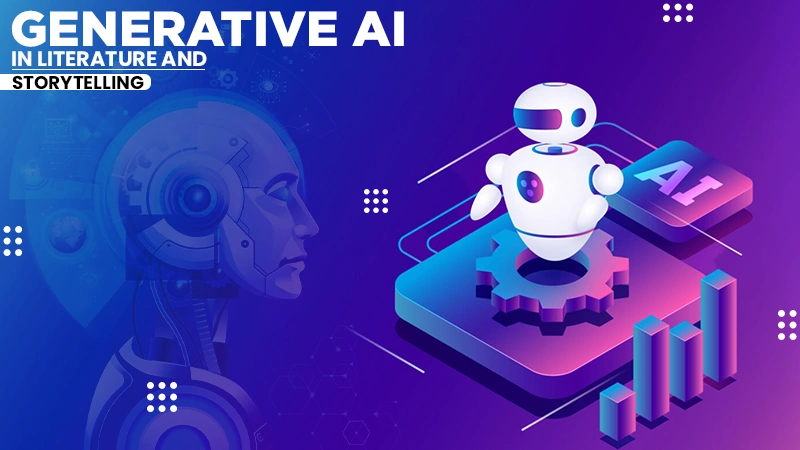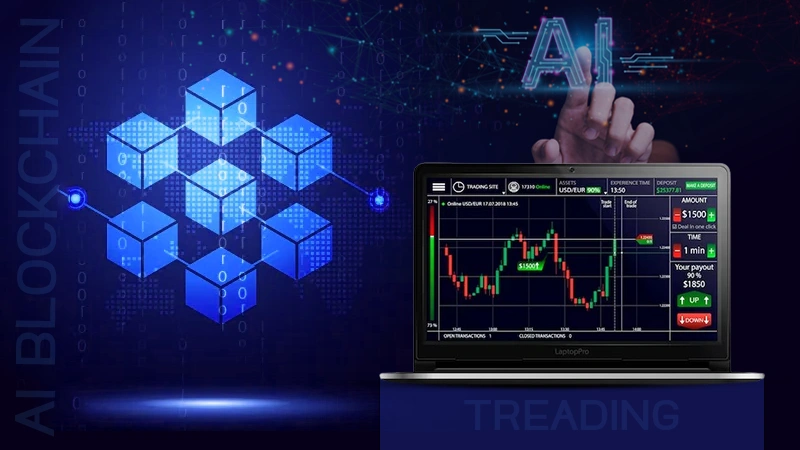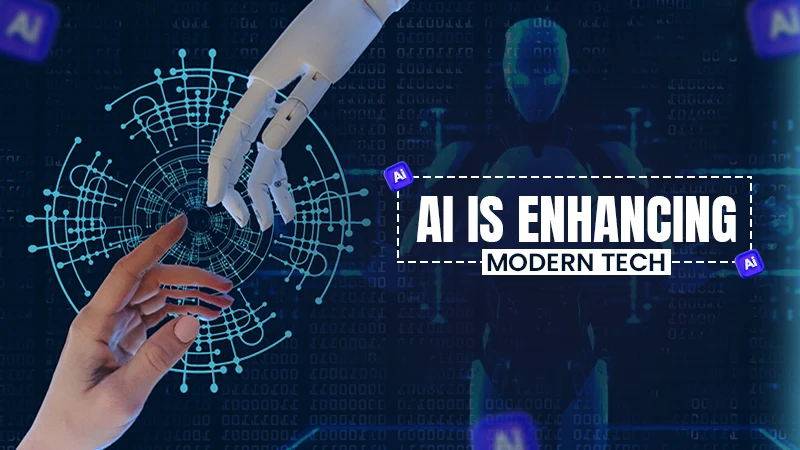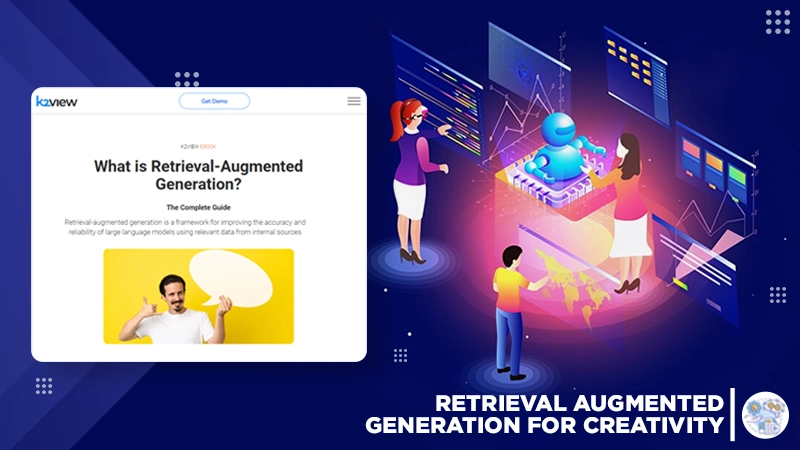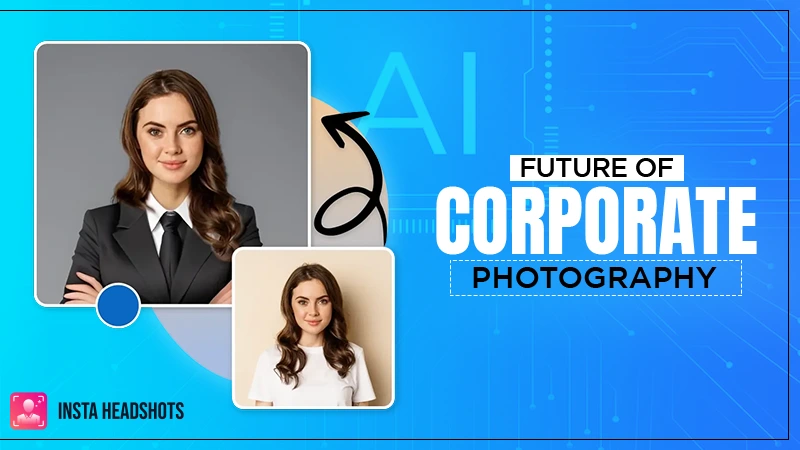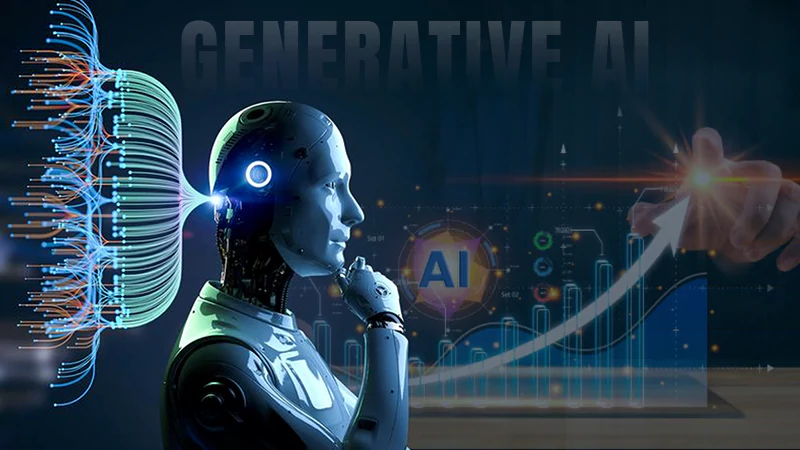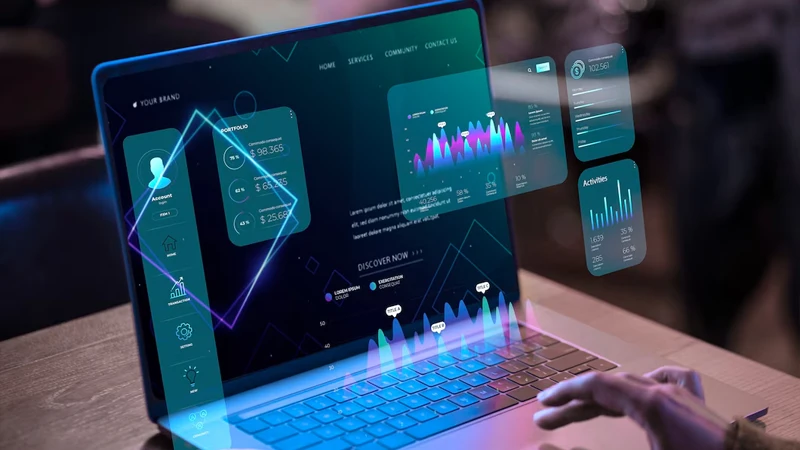How to Build Your Own Custom GPT with ChatGPT?

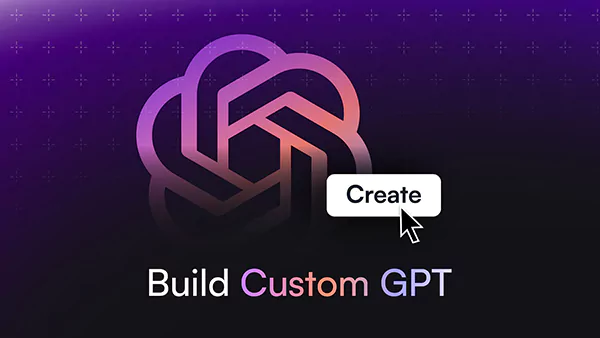
Open AI’s chatbot ChatGPT has more than 100 million active users per week. This chatbot is getting popular among organizations and individuals as a result the number of users is constantly increasing.
ChatGPT understands the input of natural language and provides human-like responses very fast. Nowadays, you can leverage more capabilities of this chatbot by building your own customized chatbot using GPT technology.
Customized chatbots are very beneficial for both programmers and business owners. It enables coders to harness the full potential of AI and facilitate business owners in improving customer interactions.
In this comprehensive article, we will get familiar with the process of building your own custom GPT with ChatGPT.
Understanding ChatGPT
The artificial intelligence research company Open AI launched a chatbot called ChatGPT in November 2022. ChatGPT is an AI model that gives human-like dialogue responses using natural language processing (NLP).
It is a subset of generative AI that helps users generate articles, social media captions, and descriptions, and get the answer to the desired query. This AI bot is trained with reinforcement learning through human feedback.
This technology helps ChatGPT to understand the questions and feedback of users and give relevant answers. Apart from ChatGPT, Open AI has created another generative AI tool called DALL-E, which is used for generating art from text.
Why Build a Custom GPT with ChatGPT?
Custom ChatGPT offers a plethora of advantages to businesses and individuals. Nowadays, all companies are searching for efficient, cost-effective, and personalized bot solutions for their business needs.
In this scenario, Custom GPTs built with ChatGPT help them in operations by understanding the workflow, processes, and specific needs of the company. You can use Custom GPTs to solve the queries of customers and provide information about your products and services to them.
Custom chatbots can process large unstructured data, including PDFs, emails, and audio files, without manual work. It saves the time and resources of an organization with its API access and easy-to-use templates.
Prerequisites
If you are ready to build your custom GPT with ChatGPT, then get yourself familiar with the required skills, hardware, and software. You can not complete the development process without having these prerequisites. The following are the main prerequisites for building custom GPTs:
- Thorough understanding of the core concepts of Python.
- Knowledge of deep learning concepts.
- One must be proficient in data handling and manipulation.
- A strong hardware setup with a high-performance GPU.
- Software and libraries like PyTorch and Hugging Face Transformers.
Having these prerequisites is unavoidable to achieve success in building custom GPT with ChatGPT.
Steps to Build Your Custom GPT with ChatGPT
There are several blog posts and videos are available online for building your custom ChatGPT. After a thorough research, we found out that, most of them take too much time and are difficult to execute. Here we have mentioned the best way possible to create custom GPTs with ChatGPT.
Setting Up Your Environment
Setting up a structured and efficient environment is a necessary step in building the chatbot. Here is the roadmap to build an ideal environment to complete the work with quality and speed.
- Install python in your computer system.
- Use a virtual environment to keep data organized.
- Install required libraries (PyTorch and Transformers).
- Familiarize yourself with the version control system.
- Decide your integrated development environment (IDE).
By following this roadmap, you are ready to set up the required environment for building a custom GPT model effectively.
Data Collection and Preprocessing
The next step in the process is effective data collection and processing. It is advised to commence your work by finding and sourcing the relevant data for your personal and organizational use case.
It is required to clean, tokenize, and format the data in the processing segment. Ensure to remove the noise and alignment of data with your custom GPT’s objective. A carefully formed data collection will ensure relevant and quick answers from the GPT model.
Fine-Tuning ChatGPT
Fine-tuning of the pre-trained GPT model with ChatGPT increases its performance and efficiency while completing the tasks. The first step of fine-tuning is to explain your specific use case to ChatGPT.
ChatGPT can be tuned for different use cases such as answering questions, translation, sentiment analysis, etc. Deployment is the last step of fine-tuning once you complete the process.
Hyperparameter Tuning
Hyperparameter tuning involves the process of choosing the optimal values for machine learning models. It is a major step in fine-tuning the custom GPT model with ChatGPT.
This setting of fine-tuning controls the learning process of the GPT model like, the number of neurons in a neural network, the learning rate, or the kernel size in the support vector.
Hyperparameter tuning ensures that the GPT model generates relevant and high-quality responses tailored to your business needs.
Evaluating Your Custom GPT
Evaluation of the custom GPT model is necessary to execute the required changes and refine performance. In this step, it is advised to conduct detailed testing and, collect user testimonials and feedback.
After this, fine-tune the custom GPT model with ChatGPT again based on the feedback and required changes.
Deployment and Integration
Here comes the last step of developing a custom GPT model. After completing all steps, deploy the custom GPT model for practical use and integrate it wherever required.
You can integrate this model with Android and iOS apps, websites, and chatbots based on the requirements of your business.
Best Practices and Tips
Here are some best practices to complete the development process of a custom GPT model with ChatGPT more effectively and efficiently.
- Focus on data quality and diversity during the fine-tuning process.
- Constantly update the data to get relevant answers.
- Collect feedback and testimonials from users.
- Take help from the domain-specific experts.
- Remember to document the customization process.
Conclusion
Artificial intelligence and advanced language processing models like ChatGPT have made it easy for businesses to develop their custom GPT models. Customized GPT models are revolutionizing customer interaction and writing processes.
In this, article, we discussed the process of creating custom GPTs, their benefits, and prerequisites for the development process. If you find this post helpful, share it with your fellow programmers and business owners.
